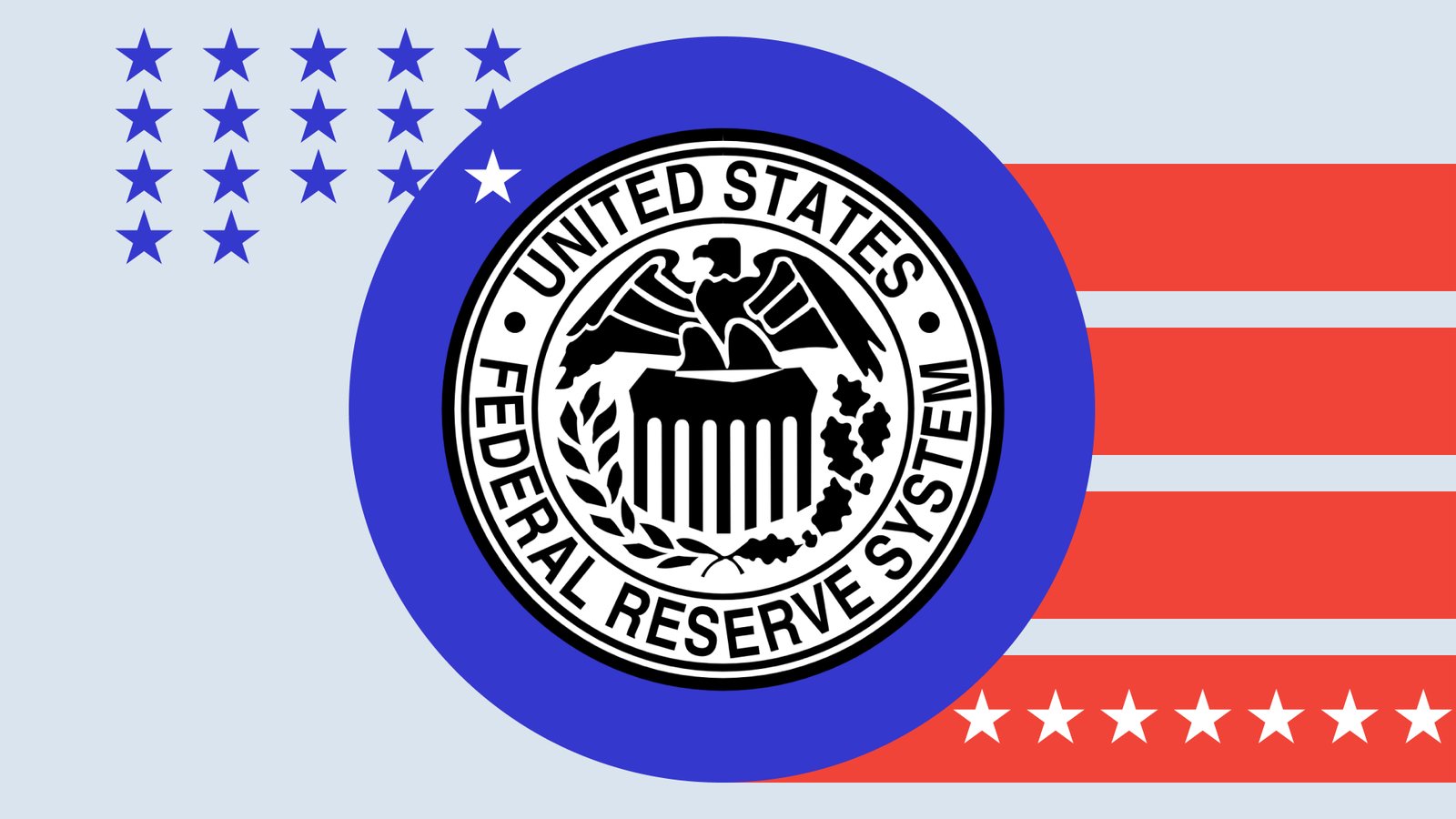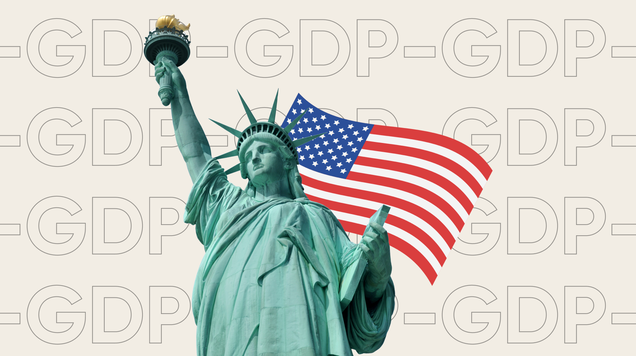Inflation report takes spotlight after a week of stronger data
Friday’s Personal Consumption Expenditures (PCE) report lands into a market recalibrating to stronger-than-expected growth, firmer labor signals, and sticky prices. Consensus looks for headline PCE inflation to edge up to 2.7% year over year in August (from 2.6%), with core PCE—the Federal Reserve’s preferred gauge—holding at 2.9%. The print could decide whether the Fed follows September’s “risk-management” cut with another move in October or pauses to reassess.

Consensus: Headline PCE 2.7% y/y; core PCE 2.9% y/y (unchanged).
Growth pulse: Q2 GDP revised up; jobless claims fell; new-home sales +20% m/m.
Tariff dynamics: Import-price pass-through likely lifting headline while some domestic components (e.g., rents) cool.
Policy path: Futures now imply ~85% odds of an October cut (down from ~92% a day earlier).
Market setup: A hot print trims easing hopes and risks an equity wobble; a benign print revives the soft-landing bid.
Why this PCE release is pivotal
The Fed cut rates in September to insure against labor-market downside, but officials also warned that near-term inflation risks tilt higher. With growth prints surprising to the upside this week, the inflation side of the mandate retakes center stage: if PCE arrives hot—especially core services—the case for an October cut weakens. If it’s calm or cooler, the Fed regains room to ease without stoking price pressures.
The setup after this week’s data
- Activity: A stronger Q2 GDP revision signals resilience.
- Labor: Initial claims moved lower, complicating the “rapid softening” narrative.
- Housing: New-home sales jumped ~20% in August, pointing to sturdier household demand despite higher mortgage rates.
Together, these suggest the economy is absorbing tariffs better than feared, reducing immediate pressure to cut aggressively.
Tariffs vs. trend: what’s moving the needles
Most forecasters see two opposing forces:
Tariff pass-through elevating headline inflation into year-end as import costs filter through.
Underlying disinflation in select categories (notably shelter and some goods) continuing to grind lower.
A common baseline: core disinflation resumes in 2026 after a modest year-end bump driven by cumulative tariff effects.
What would change the Fed’s calculus
- Hotter-than-expected core (≥0.3% m/m with firm core services): Increases the risk of an October pause, trims the dots for additional 2025 cuts, and pushes the “recalibration” narrative toward patience.
- Inline/moderate core (≈0.2–0.3% m/m) with cooling details: Keeps an October 25 bps cut in play and supports guidance that policy remains restrictive but easing can proceed as labor risks rise.
- Cool surprise (≤0.2% m/m with broad softness): Re-anchors dovish expectations, revives talk of multiple cuts by year-end, and eases financial conditions.
- Futures pricing already drifted: implied odds of an October cut eased to ~85% from ~92% as growth data firmed.
Markets: Playbook by outcome
Hot PCE: Yields up (front-end leads), USD firmer, equities wobble—especially duration-sensitive tech and high-beta crypto; curve re-flattens.
Benign PCE: Yields ease, USD softens, cyclicals and small caps catch a bid; credit spreads tighten; crypto beta stabilizes.
Mixed PCE (headline hot, core tame): Choppy reaction; focus shifts to core services ex-housing and revisions.
Key micro details to watch:
- Core services ex-shelter momentum.
- Supercore (services ex-energy and housing) as a wage-sensitivity proxy.
- Goods prices (are tariffs broadening beyond targeted lines?).
- Shelter deceleration continuity vs. CPI lag dynamics.
The Fed’s dilemma—downside risks to employment vs. upside risks to inflation—means there’s no risk-free path. After this week’s sturdier growth signals, Friday’s PCE is the tie-breaker for October. A calm core keeps a follow-up cut viable; a hot print argues for a pause and a longer glide path. Either way, the bar for large or pre-committed easing remains high until inflation’s downtrend is unmistakable.









